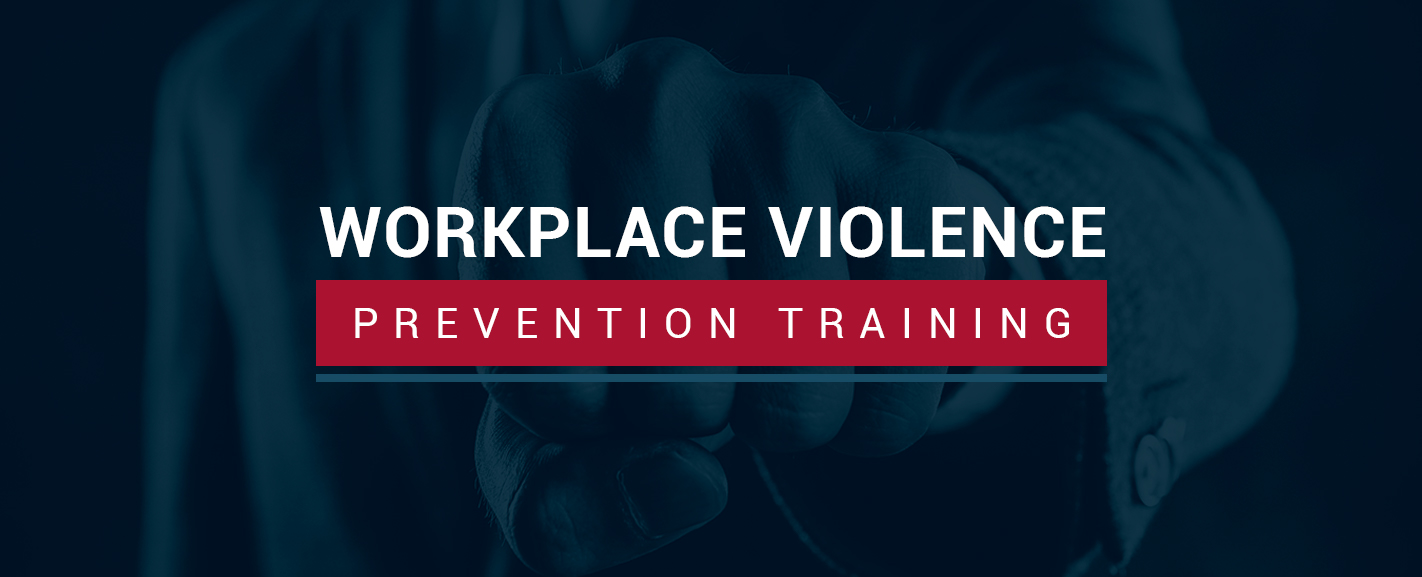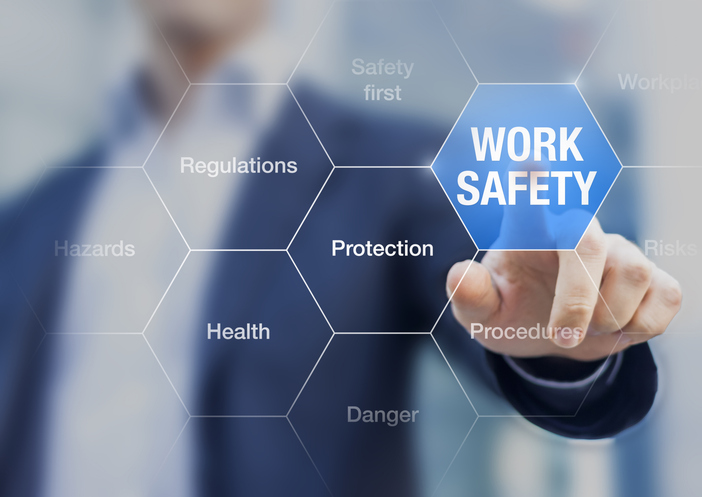The Function of Staff Member Training and Awareness in Enhancing Work Environment Violence Prevention Initiatives Across Different Industries
The integration of staff member training and awareness into workplace violence prevention efforts is significantly acknowledged as a basic element of organizational security throughout diverse sectors. By executing targeted training programs, businesses can efficiently encourage their workforce to recognize and attend to possible dangers before they intensify. The effectiveness of these initiatives typically pivots on numerous vital variables that vary by sector, raising vital questions concerning the versatility of training approaches and their real-world influence. Comprehending these nuances may expose methods that can substantially improve security procedures and employee confidence in risky environments.
Significance of Training Programs
In today's dynamic workplace, the importance of training programs can not be overstated, specifically in the context of office violence prevention. These programs serve as a fundamental element in cultivating a risk-free and safe and secure workplace culture. By gearing up workers with the understanding and skills essential to determine, alleviate, and reply to possible threats, organizations can foster an atmosphere that focuses on safety and well-being.
Efficient training programs do greater than merely instruct; they equip workers to identify indication of physical violence, recognize the procedures for reporting occurrences, and create techniques to de-escalate prospective problems. They infuse a sense of cumulative duty among staff, motivating proactive engagement in maintaining a risk-free workplace.
Investment in training not only enhances staff member understanding but likewise shows a company's commitment to securing its labor force. This aggressive strategy can cause decreased events of office violence, lower absence, and improved staff member morale. Ultimately, extensive training programs are important to developing a resilient organizational society that values safety and promotes a healthy workplace, consequently minimizing the threat of physical violence and its linked consequences.
Key Elements of Effective Understanding
A detailed understanding program incorporates several vital elements that are necessary for efficiently avoiding workplace violence. Initially, clear communication of procedures and plans associated with workplace physical violence is vital. Workers need to be educated about the organization's stance on physical violence and the particular methods in position for reporting events.
Second, training sessions ought to include realistic situations that staff members may experience. This functional method helps employees recognize alerting indicators of potential violence and outfits them with the needed skills to de-escalate tense situations. Third, promoting a helpful work environment society is crucial; staff members need to feel encouraged to talk up without worry of retaliation.
Integrating comments mechanisms allows employees to share their experiences and insights, which can lead to continual renovation of recognition campaigns. By integrating these parts, organizations can create a robust framework for stopping workplace violence, eventually adding to a more secure and a lot more productive atmosphere for all staff members (california workplace violence prevention).
Industry-Specific Training Techniques
Effective office physical violence prevention training have to be tailored to the unique challenges and risks dealt with by specific industries. Medical care environments need training that attends to the high likelihood of experiences with aggressive people or site visitors. Programs ought to concentrate on de-escalation techniques, acknowledging indication of potential physical violence, and ensuring personnel understand the relevance of reporting cases.
On the other hand, retail settings may encounter various hazards, such as robbery or consumer disagreements. Training in these atmospheres should stress situational recognition, feedback methods during emergency situations, and the importance of protecting cash money and valuables.
Production and building and construction industries present their very own threats, often associated with social disputes or dangerous working conditions. Training in these fields need to consist of techniques for dispute resolution, advertising a culture of security, and urging open communication among employees.
Furthermore, corporate offices may need training fixated stopping harassment and bullying, promoting a respectful workplace culture, and executing clear coverage mechanisms. Each sector must not only identify its particular susceptabilities however also adapt training products to reverberate with the labor force effectively, ensuring that staff members feel equipped and encouraged to manage prospective violent scenarios.
Determining Educating Efficiency
Evaluating the influence of work environment physical violence prevention training is critical for ensuring that workers are appropriately prepared to manage prospective risks. Pre- and post-training studies can gauge adjustments in worker understanding, mindsets, and behaviors concerning office physical violence.
Furthermore, practical assessments, such as role-playing situations or simulations, can give insights right into how well employees apply found out skills in real-life scenarios. Keeping an eye on occurrence reports prior to and after training can also act as an indicator of effectiveness, as a reduction in cases might mirror enhanced worker preparedness.
In addition, responses from individuals should be methodically accumulated to determine locations for renovation in training web content and shipment. Performing follow-up examinations at regular intervals helps endure understanding and enhances training concepts gradually - california workplace violence prevention. By using a thorough method to determining training effectiveness, organizations can guarantee that their office violence avoidance campaigns promote a more secure environment and enhance general staff member wellness
Building a Society of Safety

Training plays a pivotal function in this cultural shift. Routine, thorough training sessions inform workers concerning acknowledging indication of work environment violence and the ideal actions. Motivating open interaction enables workers to voice concerns without anxiety of vengeance, promoting collective responsibility for safety.
Furthermore, incorporating safety and security into daily operations guarantees that it ends up being a common value as opposed to a simple compliance concern. This consists of regular safety drills, updates on policies, and feedback devices that involve workers in security conversations and improvements.
Eventually, a robust culture of safety not only mitigates the threats of office violence but likewise boosts worker spirits and productivity. By cultivating an atmosphere where safety is a fundamental priority, organizations can develop durable offices that sustain both individual health you can try here and cumulative success.
Final Thought
In conclusion, employee training and understanding are important elements in the prevention of office violence throughout various industries. Efficient training programs, tailored to particular sector demands, boost employees' capacity to identify and respond to prospective hazards. By implementing thorough understanding approaches and cultivating a culture of safety and security, companies can significantly decrease incidents of workplace physical violence and improve general worker morale. Dedication to ongoing training and examination ensures sustained performance and adaptability in attending to emerging obstacles within the workplace environment.

Routine, thorough training sessions enlighten staff members regarding identifying warning indications of workplace physical violence and the proper feedbacks.In verdict, staff member training and recognition are vital components in the prevention of workplace physical violence throughout different sectors.